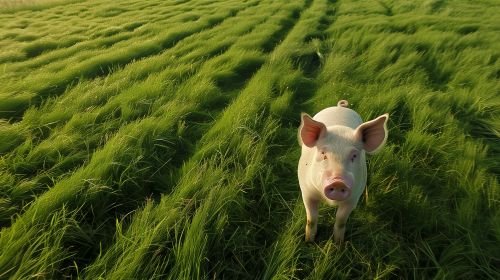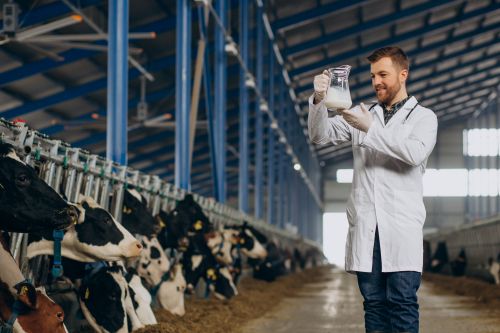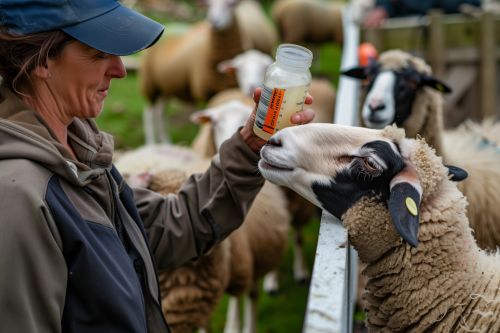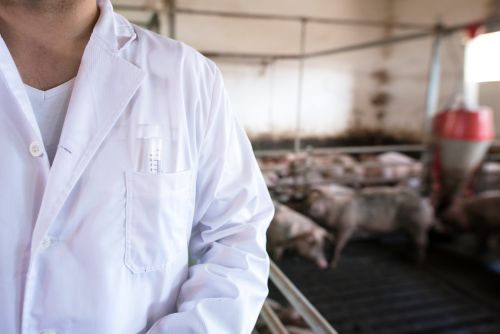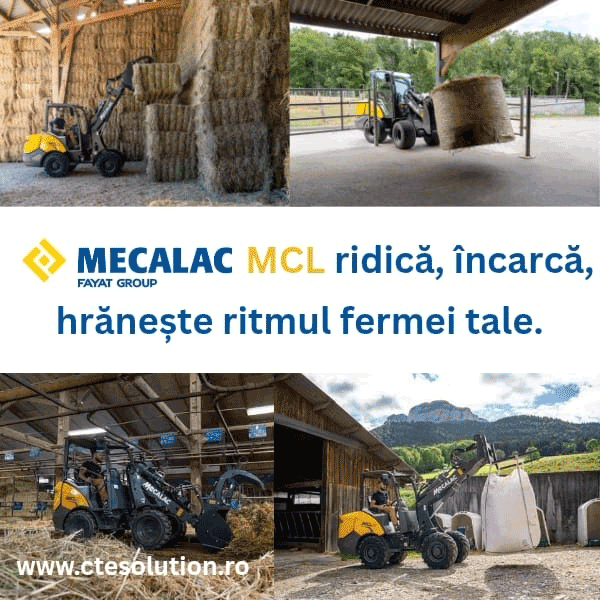203
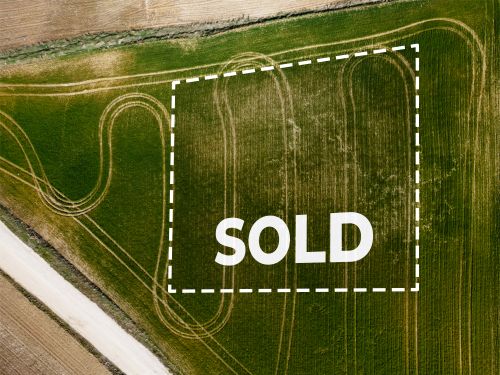
Agricultural inputs have gone through a period of sharp volatility in recent years, but recent data indicate a moderate stabilisation. According to Eurostat’s Agricultural Input Price Index 2024, fertiliser prices have dropped significantly compared to the 2022 peak, although they remain 20–30% above the 2015–2020 average. Prices for plant protection products recorded only minor fluctuations, remaining at a stabilised but elevated level.
In Romania, the National Institute of Statistics confirms the same trend: reduced pressure on fertilisers, stable pesticide prices, and higher costs for diesel and energy. For small and medium-sized farms, these factors continue to influence profit margins, especially for crops with low value per hectare.
According to DG AGRI, the use of variable-rate fertilisation technologies, combined with soil analysis and digital input management, can reduce consumption by 10–20% without yield losses. The 2023–2027 CAP Strategic Plan supports the adoption of such practices through funding aimed at improving resource efficiency and reducing environmental impact.
Farms that optimise their fertilisation plans and adopt precision technologies are better able to control costs and reduce dependency on imports.
(Photo: Freepik)
